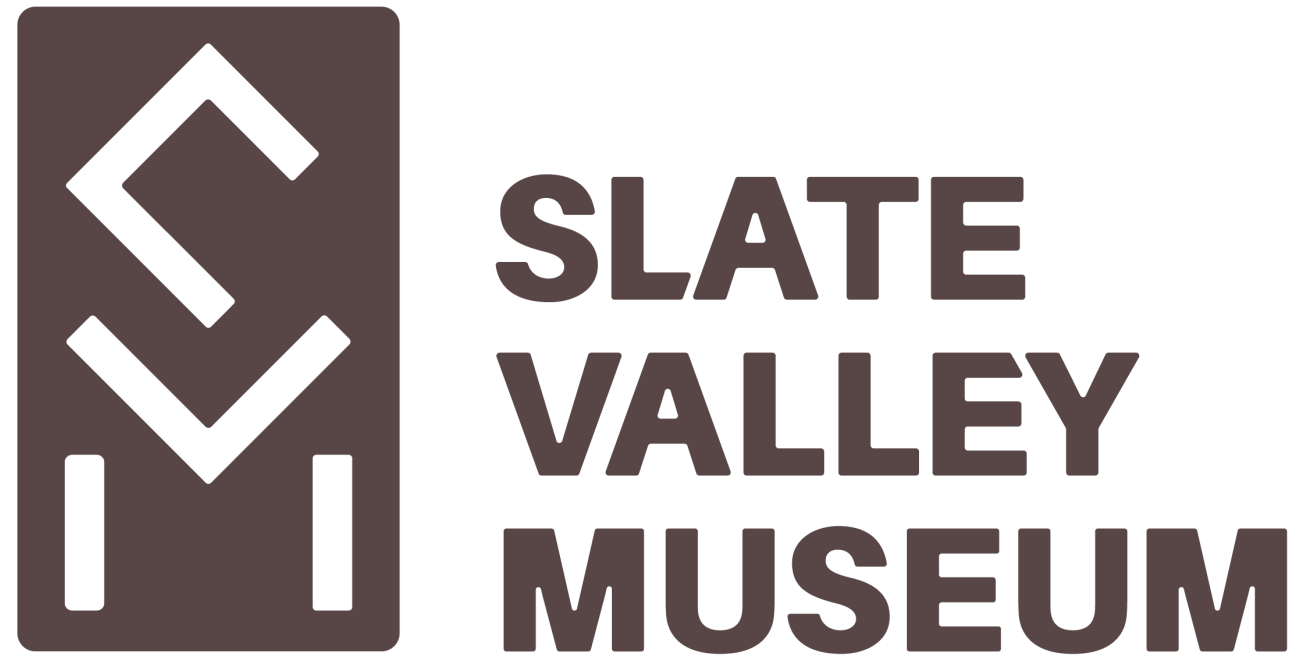One Painting, Many Stories:
Exploring the Legacy & Context of a Slate Valley WPA Mural
Like other artists, Martha Levy sought growth and artistic voice during the 1920s. Recently, the nation had survived the horrors of The Great War – World War I – and an attack of influenza through the 1918 Pandemic, and was now ready to reach new heights. Learning experiences from the art Masters of the times, within formal college and local art school programs, the Arts Students' League, and study in European cities like Paris, Rome, and Florence all provided opportunities for artistic growth and expression. American art and artists were feeling the full effects of a new, thriving art market, largely credited to the Armory Show of 1913, and other preceding efforts to break away from the “old guard.”
But the roots of the mural movement that sprung from the Works Progress Administration and employed artists like Martha Levy to create works specifically designed for public spaces – many of which still hang today – ran deep and touched on major societal and economic shifts leading up to the Great Depression. The opulence of the Gilded Age and its emphasis on beauty and grandeur among the wealthy ultimately broke free into a wider, more populist approach to public art and beautification as leaders both within the fields of art, architecture, and design and in government sought ways to meet the growing social and financial challenges of a desperate economy, and ultimately, the entry into another World War. The legacy of this artistic period, driven by investment by the government, lives on today.
The Slate Valley Museum's programs are made possible by the New York State Council on the Arts with the support of Governor Kathy Hochul and the New York State Legislature.


